The breath is unique because it is the only bodily process within our autonomic nervous system that we can consciously control. This means that by regulating our breath, we have a gateway to explore and understand our physiology much more deeply than we first thought.
We take up to 22,000 breaths a day. Isn't it mind blowing that one of the main functions to keep us alive is never taught to us. Imagine a world of self regulating, breath aware human beings.
The layers to this are deep and as we begin to scratch the surface we find our breath plays a vital role in:
Self healing
Self awareness
Optimal health and well being
Improving sleep
Reducing depression
Lowering stress and anxiety
Increasing performance
Increasing productivity
Most importantly in this day and age is learning to use your breath to deeply relax and switch off, even if just for a minute. To find space in your life, to find space between the breaths.
As you notice your breath now, what you are feeling is the remote control to your nervous system.
why breathwork?
It all starts and ends with a breath.
〰️
It all starts and ends with a breath. 〰️
HOW IT WORKS
Using the energy of your breath to breakthrough behaviours and conditioning that you have learnt throughout your life, shifting it and stepping into who you truly are. The process of bringing whatever emotion needs to come to the surface and moving it through your body releasing it in a safe space. The guided breathing techniques allow conscious and unconscious areas to emerge in the form of bodily sensations, thoughts, emotions and profound experiences.
The mechanism by which the breath can elicit these profound breakthroughs and experiences is best explained with the following analogy found below.

The breathwork process on a subjective level is to consider a vessel or container. If a vase is empty, it is possible to fill that container with water. If, however, a vase is already full of something other than water, efforts to further fill the container will be, to say the least, unsuccessful. The same can be said for the human emotional processes. If one consciously works to draw positive energy into the body (the vessel), success will be obtained only inasmuch as the vessel is empty of negative emotions and beliefs.
The healing process, then, requires the emptying out of negative thoughts, emotions, and beliefs so that filling with more adaptive energies, emotions, and beliefs can occur. What, then, is being emptied? If the ultimate goal of human development is toward self-actualization (characterised by wisdom, humility, love, compassion, and self-sacrifice), then that which must be "emptied" are self-imposed barriers that were constructed over one's lifetime. Although these impediments (i.e., defence mechanisms, emotional cutoffs, repressions, stored body memories) may have been adaptive at the time they developed, they have become blocks to one's happiness.
Therefore, the emptying process for most adults involves accessing, experiencing, and creating corrective experiences for painful emotions, distorted personal beliefs, and physical somatisation caused by psychological injury.'
Young, J Scott; Cashwell, Craig S; Giordano, Amanda L, Breathwork as a Therapeutic Modality: An Overview for Counsellors (Counseling and Values, 2010).



